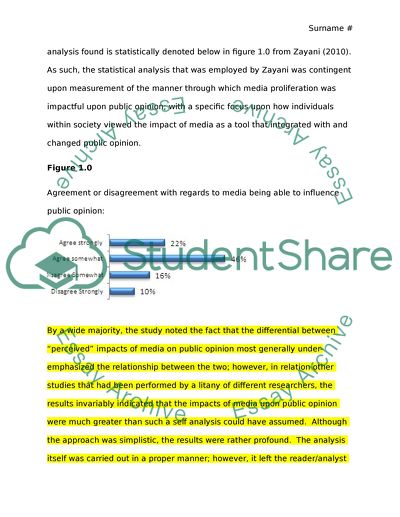Cite this document
(“Media: A Discussion and Analysis on the Whether or Not Impact Can be Essay”, n.d.)
Media: A Discussion and Analysis on the Whether or Not Impact Can be Essay. Retrieved from https://studentshare.org/history/1497958-1-ypwe-have-no-idea-how-much-the-media-influence-public-opinion-because-ityies-unmeasurabley-discuss-with-extensive-refer
Media: A Discussion and Analysis on the Whether or Not Impact Can be Essay. Retrieved from https://studentshare.org/history/1497958-1-ypwe-have-no-idea-how-much-the-media-influence-public-opinion-because-ityies-unmeasurabley-discuss-with-extensive-refer
(Media: A Discussion and Analysis on the Whether or Not Impact Can Be Essay)
Media: A Discussion and Analysis on the Whether or Not Impact Can Be Essay. https://studentshare.org/history/1497958-1-ypwe-have-no-idea-how-much-the-media-influence-public-opinion-because-ityies-unmeasurabley-discuss-with-extensive-refer.
Media: A Discussion and Analysis on the Whether or Not Impact Can Be Essay. https://studentshare.org/history/1497958-1-ypwe-have-no-idea-how-much-the-media-influence-public-opinion-because-ityies-unmeasurabley-discuss-with-extensive-refer.
“Media: A Discussion and Analysis on the Whether or Not Impact Can Be Essay”, n.d. https://studentshare.org/history/1497958-1-ypwe-have-no-idea-how-much-the-media-influence-public-opinion-because-ityies-unmeasurabley-discuss-with-extensive-refer.


